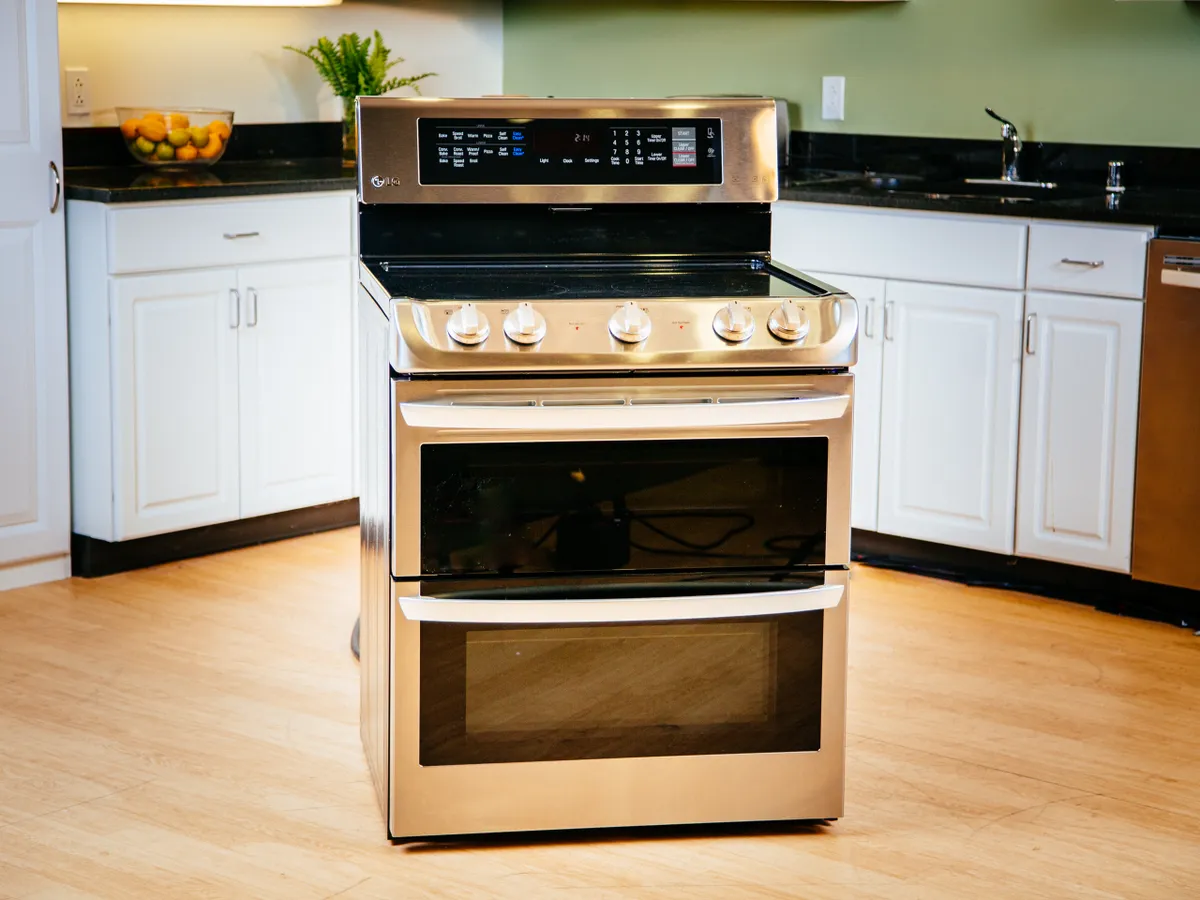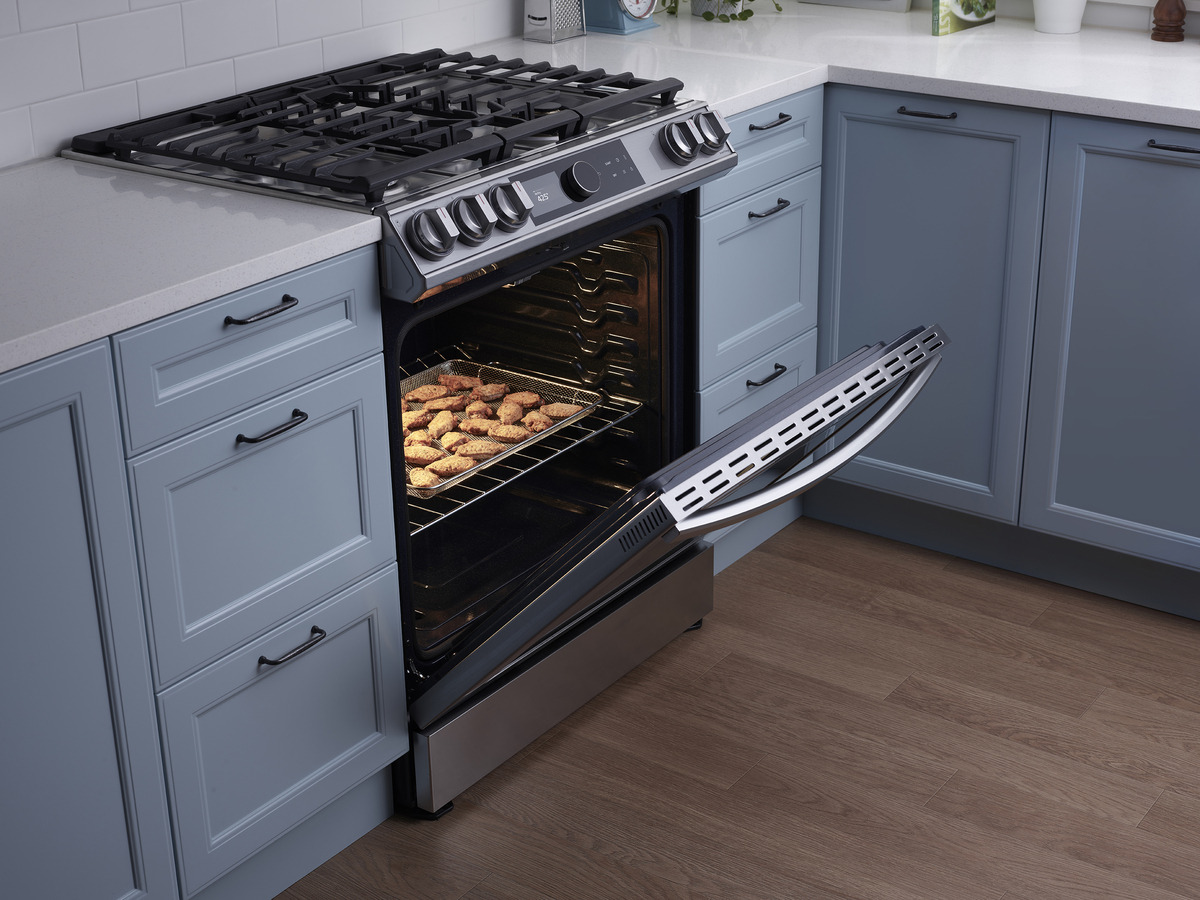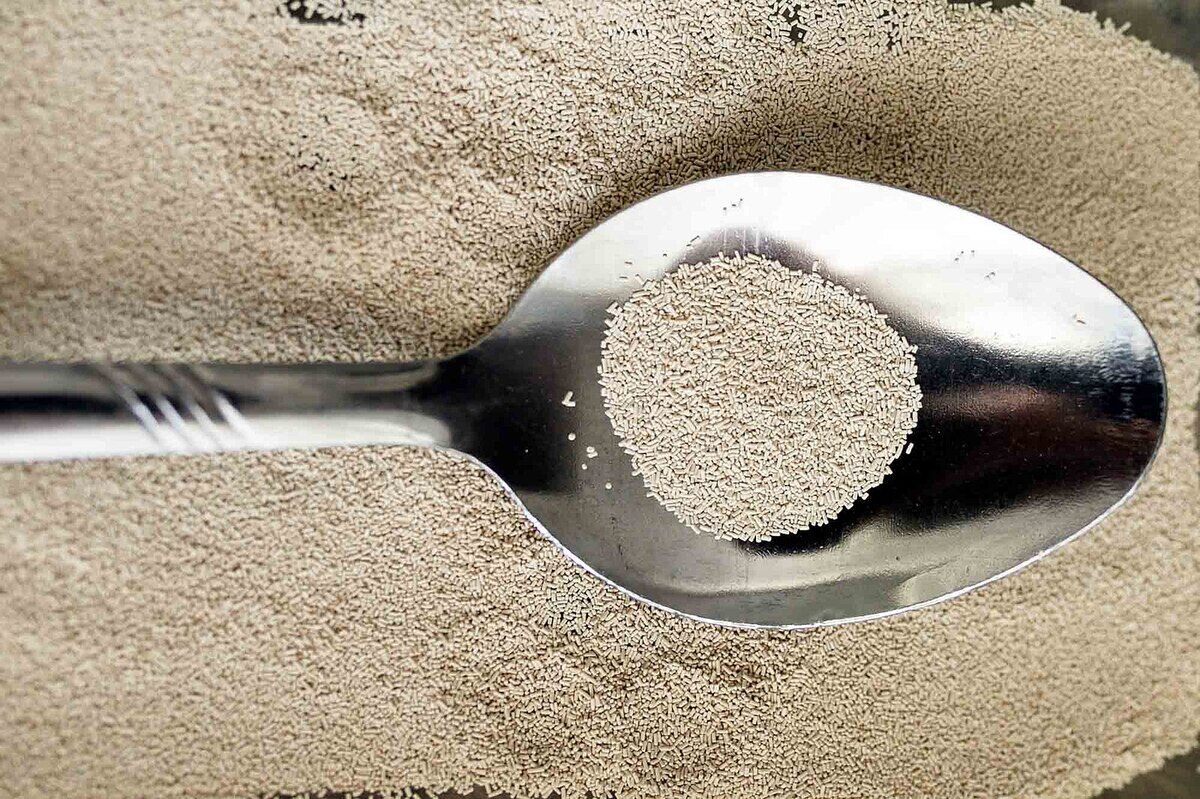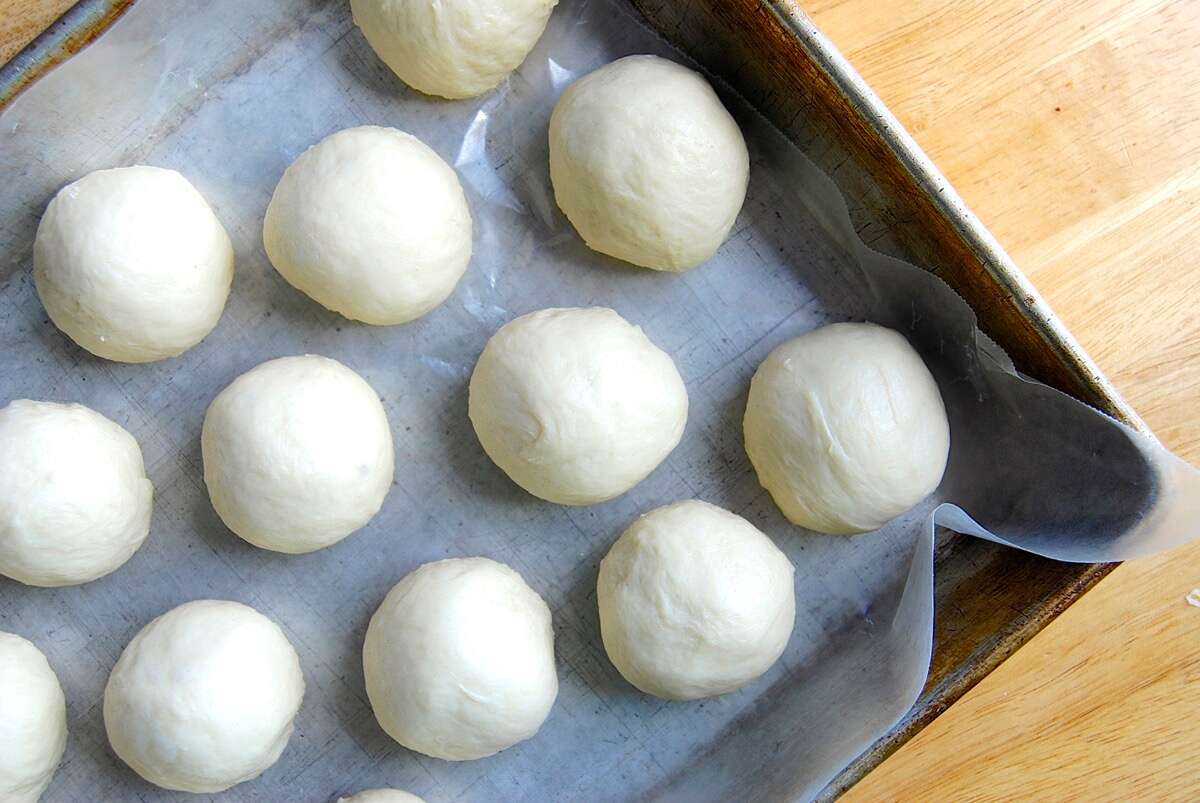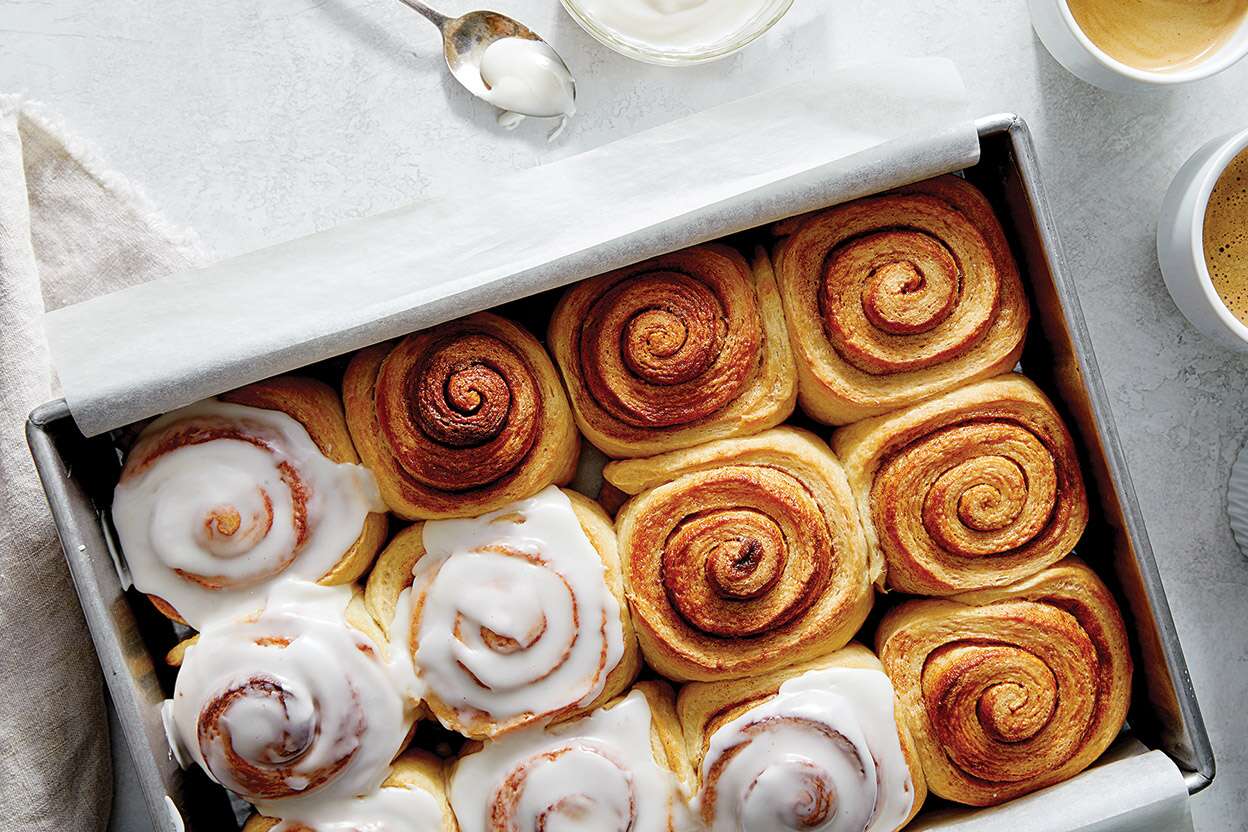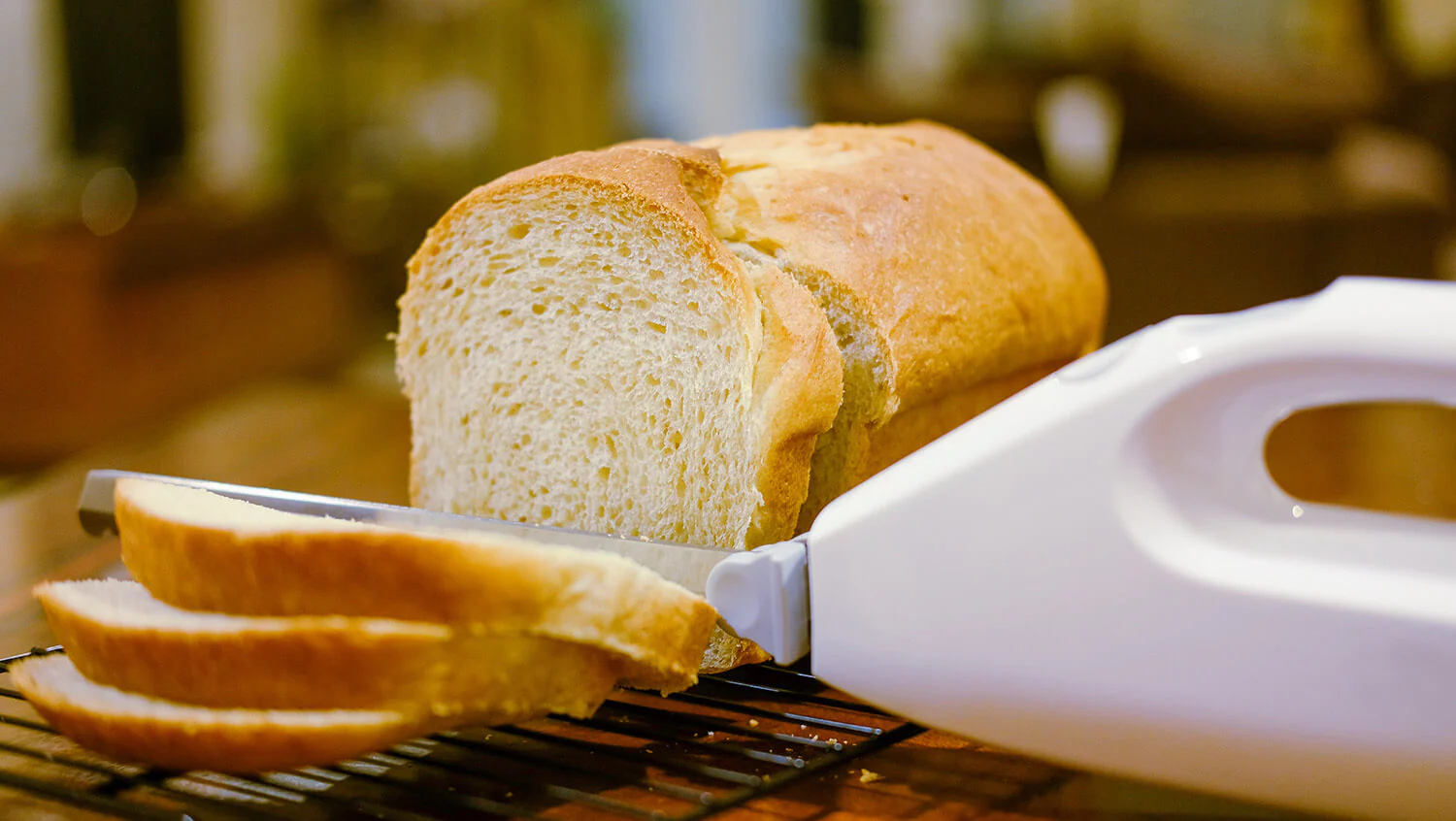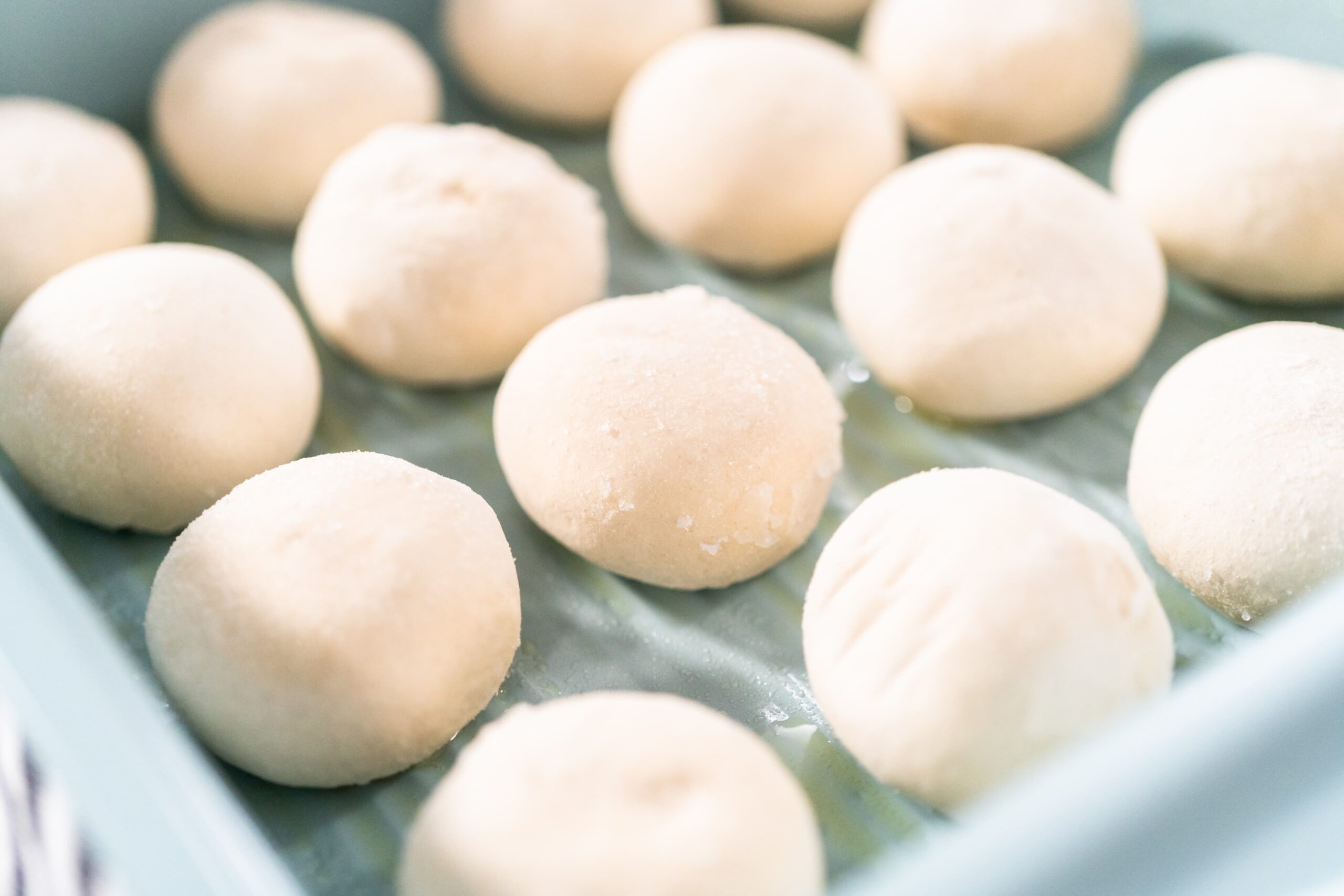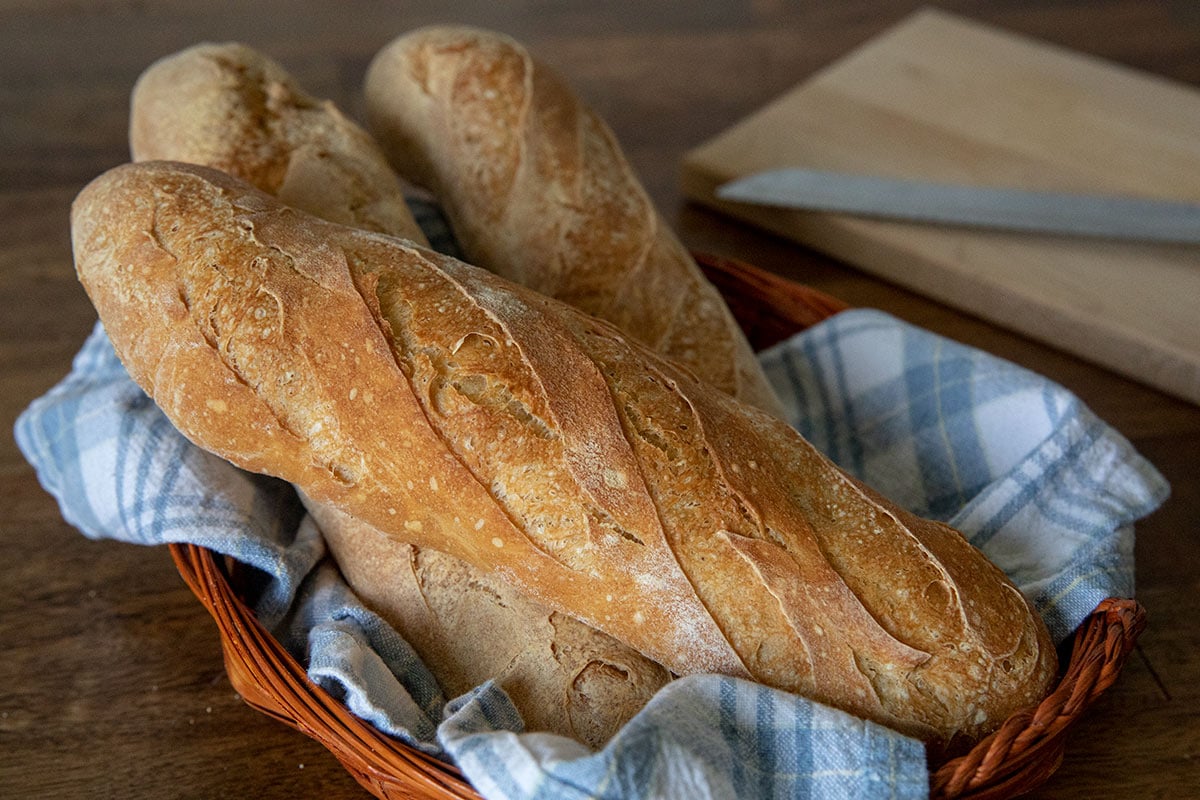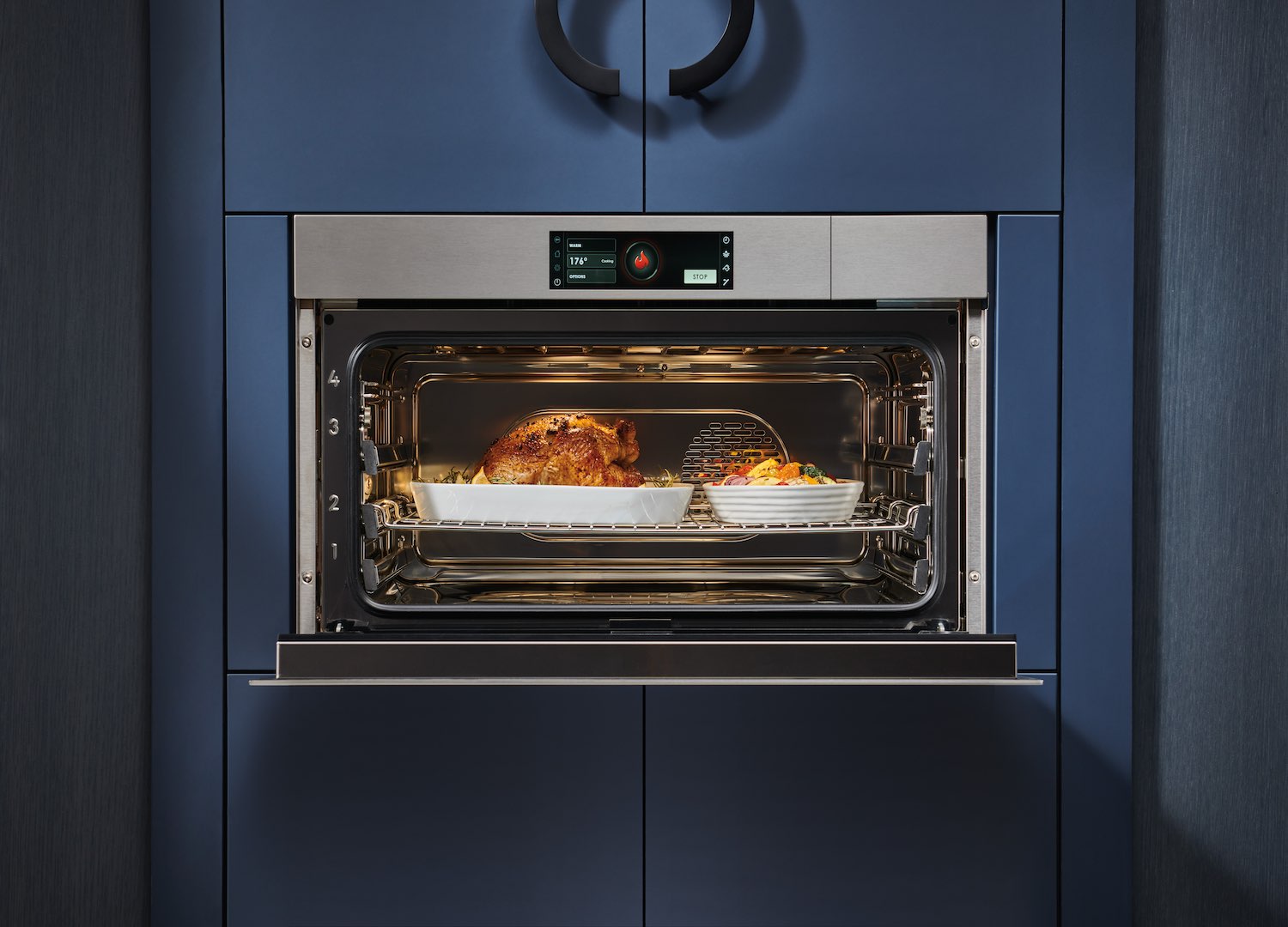Understanding Active Dry Yeast
Before we dive into the process of proofing active dry yeast for bread, let’s take a moment to understand what active dry yeast is. Active dry yeast is a popular leavening agent used in baking, especially for making bread. It is made up of dormant yeast cells that become active when exposed to warm water, feeding on the sugars present and producing carbon dioxide gas, which causes the dough to rise.
Why Proof Active Dry Yeast?
Proofing active dry yeast is an essential step in bread baking as it allows you to ensure that the yeast is alive and active. This step is particularly important when using older yeast or when you are unsure of its freshness. By proofing the yeast, you can be confident that it will work its magic in your bread dough, resulting in a light and airy texture.
The Proofing Process
Now, let’s walk through the process of proofing active dry yeast for bread:
- Prepare the Yeast Mixture: Start by warming the water to around 110°F (43°C). It’s important not to use water that is too hot, as it can kill the yeast. Once the water is at the right temperature, add a pinch of sugar to the water. The sugar acts as food for the yeast, helping it to activate.
- Add the Yeast: Sprinkle the active dry yeast over the warm water and sugar mixture. Allow it to sit for a few minutes. The yeast will start to absorb the water and become active, forming bubbles on the surface of the water.
- Wait for Foam: After a few minutes, the yeast mixture should start to foam and develop a creamy, frothy layer on top. This indicates that the yeast is active and ready to be used in your bread dough.
Tips for Successful Proofing
Here are some tips to ensure successful proofing of active dry yeast:
- Check the Expiration Date: Always check the expiration date on the yeast package. Using fresh yeast will give you the best results.
- Use the Right Temperature: Make sure the water is at the correct temperature (around 110°F) to activate the yeast. Too hot or too cold water can affect the yeast’s performance.
- Be Patient: Give the yeast enough time to activate and foam. Rushing this step can result in underproofed yeast, leading to dense bread.
- Store Yeast Properly: Store your active dry yeast in a cool, dry place to maintain its freshness. Once opened, it’s best to store it in the refrigerator or freezer.
Final Thoughts
Proofing active dry yeast is a simple yet crucial step in bread baking. By following the proper proofing process and ensuring the yeast is active, you can set the stage for successful bread making. So, the next time you embark on a bread-baking adventure, don’t forget to give your active dry yeast the proofing it deserves!
Was this page helpful?
Read Next: How To Proof Yeast Beer
